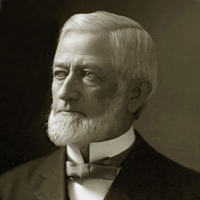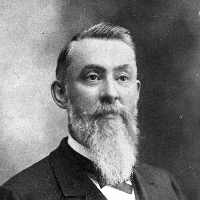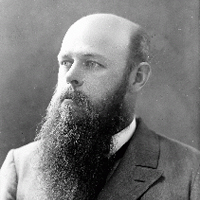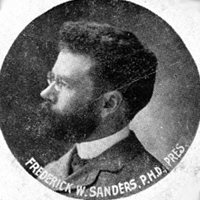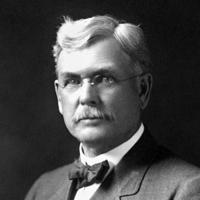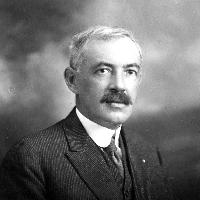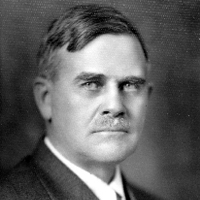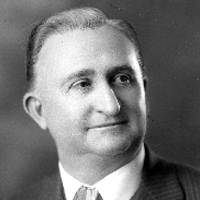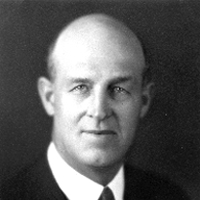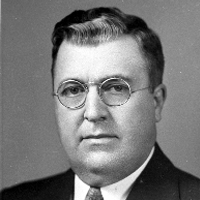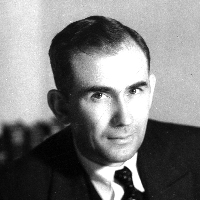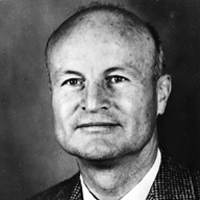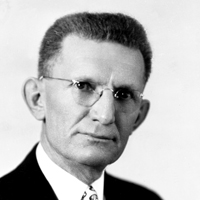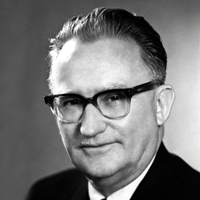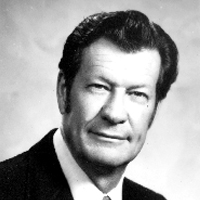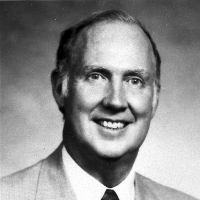Our Heritage
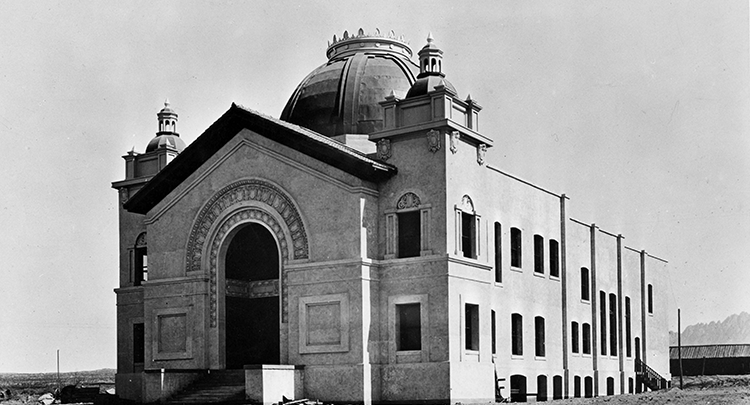
A Brief History
New Mexico was still a territory when Las Cruces College opened the doors of its two-room building in the fall of 1888. The organizers of Las Cruces College — led by Hiram Hadley, a respected educator from Indiana — had even bigger plans in mind.
In 1889, the New Mexico territorial legislature authorized the creation of an agricultural college and experiment station in or near Las Cruces. The institution, which was designated as the land-grant college for New Mexico under the Morrill Act, was named the New Mexico College of Agriculture and Mechanic Arts.
Las Cruces College merged with N.M.A. & M.A., and the new school opened on January 21, 1890. That first semester there were 35 students in the college level and preparatory classes and six faculty members. Classes met in the old two-room building of Las Cruces College until suitable buildings could be put on the 220-acre campus three miles south of Las Cruces.
By 1960, the school had grown greatly, and its name was changed by state constitutional amendment to New Mexico State University.
Today New Mexico State University sits on a 900-acre campus and enrolls around 14,000 students from all 50 states.
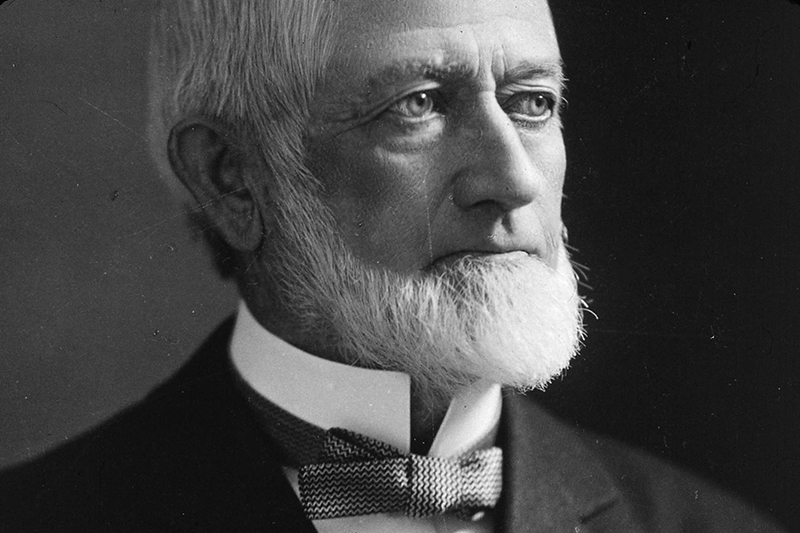
Presidents of NMSU
Learn more about the past presidents of NMSU dating back to 1888.
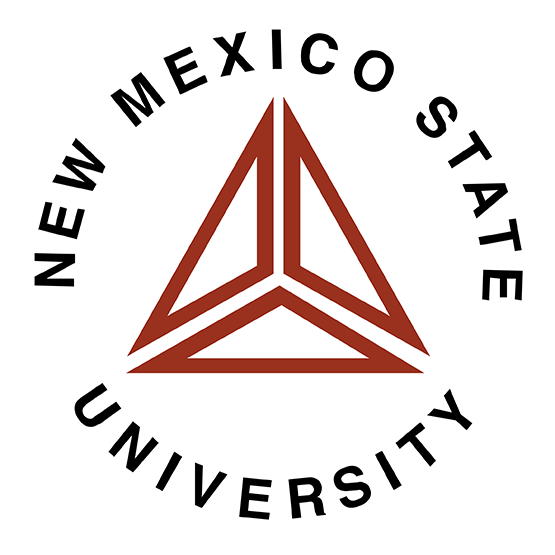
Historical Logos
Learn more about NMSU's triangular logo design that was created 1968 and retired in 2005.
Architectural Origins
In 1907, the headline in the Las Cruces newspaper announced “New College to be Work of Art.”
Pioneer Southwestern architect Henry C. Trost had been commissioned to design a plan for the fledgling New Mexico College of Agriculture and Mechanic Arts, founded only 19 years earlier.
The plan for what was to become New Mexico State University included a horseshoe drive and 13 buildings that were to form the school’s centerpiece.
“With six buildings at each side in the form of a horseshoe and the administration building in the center, the College will present an appearance of unity and harmony rarely found in like institutions,” the article read.
The story of NMSU’s architectural origins is described most fully in the authoritative work on Trost, “Henry C. Trost, Architect of the Southwest,” by Lloyd C. and June-Marie F. Engelbrecht, available in the university’s library.
The campus would have an east-west orientation and be open-ended in the west at its entrance. The buildings were to be executed in what Trost called Spanish Renaissance architectural style, with hipped tile roofs and domed towers. Arches would connect the buildings to form a complex resembling some of the historic California missions.
The one exception was the university president’s home, now the Nason House, on University Avenue. That building shows the influence of architect Frank Lloyd Wright’s Prairie Style, to which Trost was exposed during his years in Chicago and the Midwest.
Although Trost’s general layout for the university was followed for almost 30 years, it was never carried out in its entirety. Of the seven Trost buildings completed, only five remain. Four have been renovated.
Former NMSU architect Martin Hoffmeister said the remaining Trost buildings are campus treasures because they are such interesting and original designs. While the NMSU campus has strayed from Trost’s original campus design, most of its buildings retain the Southwestern flavor, he said. The horseshoe continues to be the campus center, as Trost intended.
“There is much variety on this campus,” Hoffmeister said. “Today we are following Southwest designs and moving away from brutal modernistic styles.”
